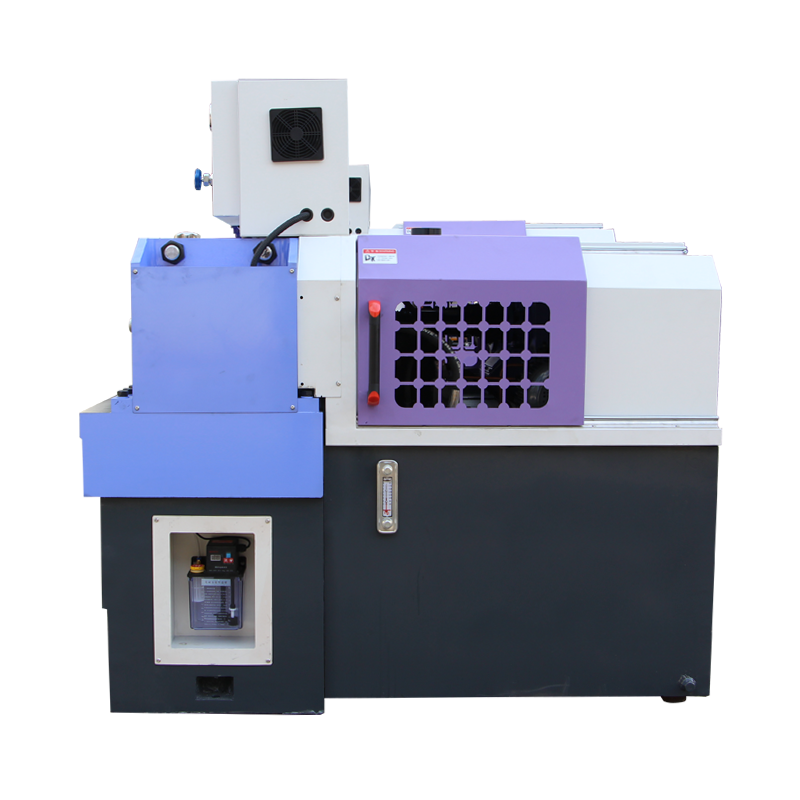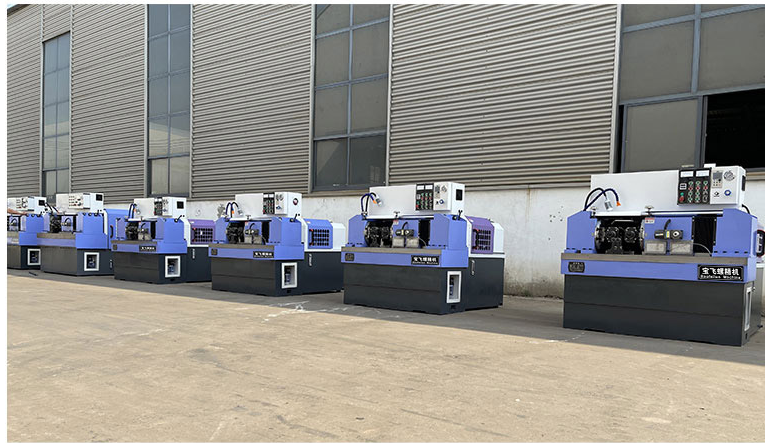
-
 Afrikaans
Afrikaans -
 Albanian
Albanian -
 Amharic
Amharic -
 Arabic
Arabic -
 Armenian
Armenian -
 Azerbaijani
Azerbaijani -
 Basque
Basque -
 Belarusian
Belarusian -
 Bengali
Bengali -
 Bosnian
Bosnian -
 Bulgarian
Bulgarian -
 Catalan
Catalan -
 Cebuano
Cebuano -
 Corsican
Corsican -
 Croatian
Croatian -
 Czech
Czech -
 Danish
Danish -
 Dutch
Dutch -
 English
English -
 Esperanto
Esperanto -
 Estonian
Estonian -
 Finnish
Finnish -
 French
French -
 Frisian
Frisian -
 Galician
Galician -
 Georgian
Georgian -
 German
German -
 Greek
Greek -
 Gujarati
Gujarati -
 Haitian Creole
Haitian Creole -
 hausa
hausa -
 hawaiian
hawaiian -
 Hebrew
Hebrew -
 Hindi
Hindi -
 Miao
Miao -
 Hungarian
Hungarian -
 Icelandic
Icelandic -
 igbo
igbo -
 Indonesian
Indonesian -
 irish
irish -
 Italian
Italian -
 Japanese
Japanese -
 Javanese
Javanese -
 Kannada
Kannada -
 kazakh
kazakh -
 Khmer
Khmer -
 Rwandese
Rwandese -
 Korean
Korean -
 Kurdish
Kurdish -
 Kyrgyz
Kyrgyz -
 Lao
Lao -
 Latin
Latin -
 Latvian
Latvian -
 Lithuanian
Lithuanian -
 Luxembourgish
Luxembourgish -
 Macedonian
Macedonian -
 Malgashi
Malgashi -
 Malay
Malay -
 Malayalam
Malayalam -
 Maltese
Maltese -
 Maori
Maori -
 Marathi
Marathi -
 Mongolian
Mongolian -
 Myanmar
Myanmar -
 Nepali
Nepali -
 Norwegian
Norwegian -
 Norwegian
Norwegian -
 Occitan
Occitan -
 Pashto
Pashto -
 Persian
Persian -
 Polish
Polish -
 Portuguese
Portuguese -
 Punjabi
Punjabi -
 Romanian
Romanian -
 Russian
Russian -
 Samoan
Samoan -
 Scottish Gaelic
Scottish Gaelic -
 Serbian
Serbian -
 Sesotho
Sesotho -
 Shona
Shona -
 Sindhi
Sindhi -
 Sinhala
Sinhala -
 Slovak
Slovak -
 Slovenian
Slovenian -
 Somali
Somali -
 Spanish
Spanish -
 Sundanese
Sundanese -
 Swahili
Swahili -
 Swedish
Swedish -
 Tagalog
Tagalog -
 Tajik
Tajik -
 Tamil
Tamil -
 Tatar
Tatar -
 Telugu
Telugu -
 Thai
Thai -
 Turkish
Turkish -
 Turkmen
Turkmen -
 Ukrainian
Ukrainian -
 Urdu
Urdu -
 Uighur
Uighur -
 Uzbek
Uzbek -
 Vietnamese
Vietnamese -
 Welsh
Welsh -
 Bantu
Bantu -
 Yiddish
Yiddish -
 Yoruba
Yoruba -
 Zulu
Zulu
Jan . 09, 2025 13:53
Back to list
thread rolling machine
Thread rolling machines have revolutionized the manufacturing sector by delivering high precision threads swiftly and consistently. For industry experts and those considering investing in this transformative technology, a deeper understanding of the machine's capabilities, benefits, and practical applications is crucial.
From the standpoint of expertise, understanding the setup and operation of thread rolling machines is vital. These machines can work with a myriad of materials, including steel, titanium, and exotic alloys, which are often used in specialized manufacturing. Operators must possess a deep understanding of material properties and how they interact under pressure to prevent defects and maximize product quality. Regular training and hands-on experience allow operators to solve problems swiftly, maintain equipment properly, and optimize the production process for different materials and thread types. The authority of thread rolling as a process is well-documented in industry standards and technical manuals. Among these, the standards set by organizations such as ISO (International Organization for Standardization) and ANSI (American National Standards Institute) ensure thread uniformity and quality across manufacturing units worldwide. By aligning with these standards, manufacturers can ensure that their output meets global benchmarks for quality and reliability, enhancing their standing and reputation in competitive markets. Trustworthiness in thread rolling machines stems from both the technology itself and the manufacturers who produce these machines. Reputable manufacturers conduct rigorous testing and quality checks to ensure that each machine performs across different manufacturing conditions without compromising on thread integrity. Furthermore, many provide robust after-sales support, including technical assistance, training sessions, and maintenance services, to support their clients' operations long-term. In summation, the thread rolling machine stands as a testament to modern engineering prowess. By providing high-quality threads at reduced costs and faster production rates, it upholds its position as an indispensable asset in precision manufacturing. The synergy of experience, expertise, authority, and trust it cultivates among industry professionals and manufacturers continues to drive advancements, ensuring that the tool not only meets but exceeds the evolving expectations of global industry standards. As technology progresses, the thread rolling machine will undoubtedly evolve, further enhancing its capability and cementing its essential role in countless manufacturing processes worldwide.


From the standpoint of expertise, understanding the setup and operation of thread rolling machines is vital. These machines can work with a myriad of materials, including steel, titanium, and exotic alloys, which are often used in specialized manufacturing. Operators must possess a deep understanding of material properties and how they interact under pressure to prevent defects and maximize product quality. Regular training and hands-on experience allow operators to solve problems swiftly, maintain equipment properly, and optimize the production process for different materials and thread types. The authority of thread rolling as a process is well-documented in industry standards and technical manuals. Among these, the standards set by organizations such as ISO (International Organization for Standardization) and ANSI (American National Standards Institute) ensure thread uniformity and quality across manufacturing units worldwide. By aligning with these standards, manufacturers can ensure that their output meets global benchmarks for quality and reliability, enhancing their standing and reputation in competitive markets. Trustworthiness in thread rolling machines stems from both the technology itself and the manufacturers who produce these machines. Reputable manufacturers conduct rigorous testing and quality checks to ensure that each machine performs across different manufacturing conditions without compromising on thread integrity. Furthermore, many provide robust after-sales support, including technical assistance, training sessions, and maintenance services, to support their clients' operations long-term. In summation, the thread rolling machine stands as a testament to modern engineering prowess. By providing high-quality threads at reduced costs and faster production rates, it upholds its position as an indispensable asset in precision manufacturing. The synergy of experience, expertise, authority, and trust it cultivates among industry professionals and manufacturers continues to drive advancements, ensuring that the tool not only meets but exceeds the evolving expectations of global industry standards. As technology progresses, the thread rolling machine will undoubtedly evolve, further enhancing its capability and cementing its essential role in countless manufacturing processes worldwide.
Share:
Next:
Latest news
Upgrade Your Production Line With Advanced Threading Solutions
NewsJun.12,2025
Optimize Precision With Advanced Thread Rolling Equipment
NewsJun.12,2025
Maximize Production With A High-Speed Thread Rolling Machine
NewsJun.12,2025
Master Precision Engineering With The Right Roller Threading Machine
NewsJun.12,2025
Find The Right Thread Rolling Tool For Precision Threading
NewsJun.12,2025
Boost Efficiency With Our Thread Rolling Machine
NewsJun.12,2025
